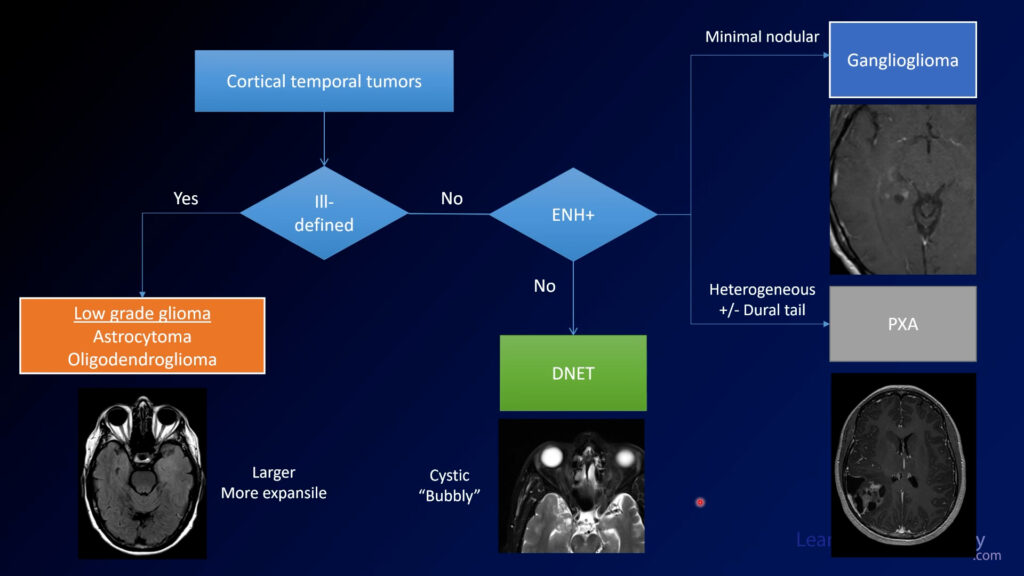Nasopharyngeal cancer staging – 5 minute review
In this video, Dr. Katie Bailey takes us quickly through the nasopharynx, a common location of malignancies in the head and neck, and walks us through some quick samples of how they are staged.
Review of the anatomy of the nasopharynx. The nasopharynx is behind the palate and includes the clivus. The nasopharynx is largely lined by squamous mucosa with lymphoid tissues and muscles. An important landmark is the torus tubarius and fossa of Rosenmuller.
Nasopharyngeal cancer staging, like other subsites, is based on a T, N, M stage. Nasopharyngeal cancers are predominantly staged based on whether adjacent structures, such as surrounding soft tissues or the skull base, are involved. Unlike the other tumor sites, size is not involved in the T staging.
Example case 1. There is a soft tissue mass filling the nasopharynx, asymmetrically larger on the right. Erosion of the adjacent bony structures, including the clivus, are important. The tumor is extending into the sphenoid sinus. Involvement of the bony structures and sinuses makes this is a T3 tumor, and there were no nodes or distant metastases (not shown).
There is a more subtle example of bone erosion of the posterior wall of the sphenoid sinus and left carotid canal along with the clivus.
Example case 2. There is a soft tissue mass eroding the petrous apex and left aspect of the clivus. MRI better shows the extent of the involvement, where you can see that there is intracranial involvement into Meckel’s cave (trigeminal foramen). The intracranial involvement makes this a T4 tumor. There were no nodes or distant metastases (not shown).
Example case 3. In this case, there are necrotic lymph nodes in the parapharyngeal and prevertebral space as well as extending down the neck at multiple internal jugular levels. The original CT did not show a mass in the nasopharynx, but because of the nodes, a nasopharyngeal cancer is suspected. The PET/CT is able to locate the abnormality along the left torus tubarius. The local nature of this tumor makes it T1, but the bilateral lymph nodes make it an N3 for nodes.
Extra case. An incidental polypoid mass is seen in the left nasopharynx on a brain MRI with minimal peripheral enhancement and central reduced diffusion. The homogeneously low T2 appearance and reduced diffusion make this suspicious for lymphoma, although you would not be able to tell until this lesion had been biopsied.
Thanks for checking out this quick video on nasopharyngeal cancer staging. Be sure to tune back in for additional videos on staging of the other head and neck subsites.Also take a look at the head and neck topic page as well as all the head and neck videos on the site.
See this and other videos on our Youtube channel

